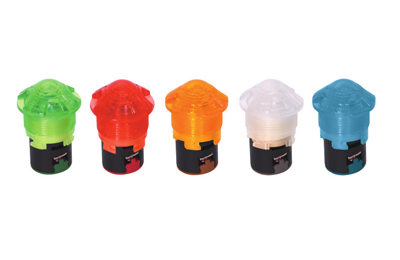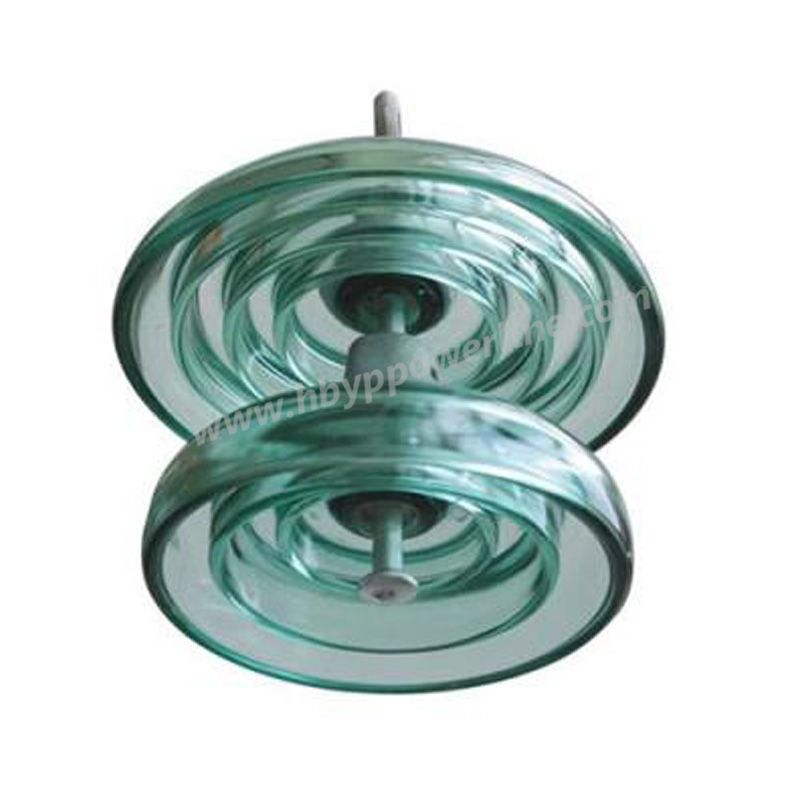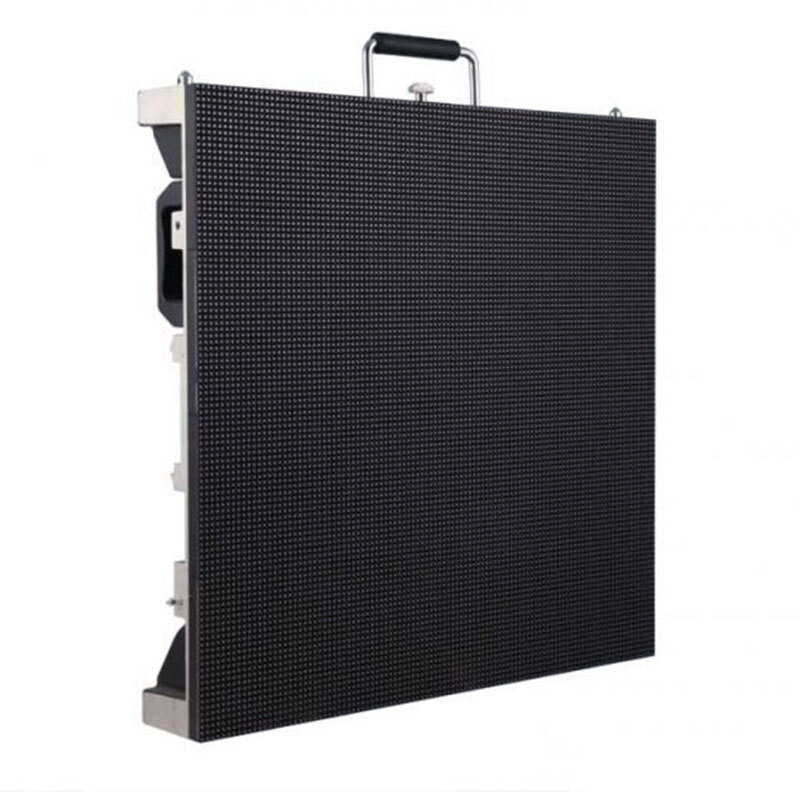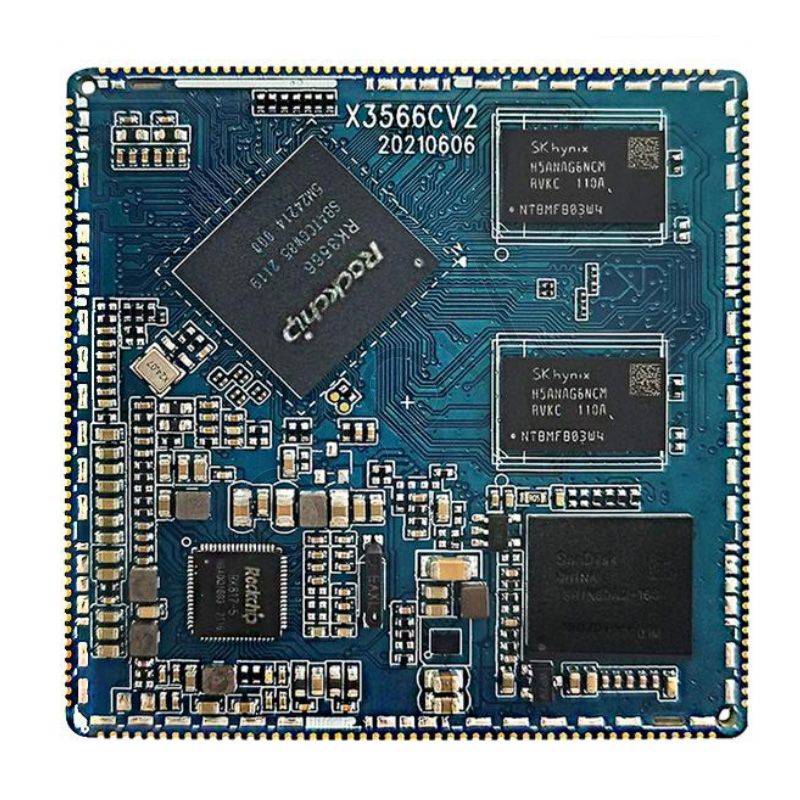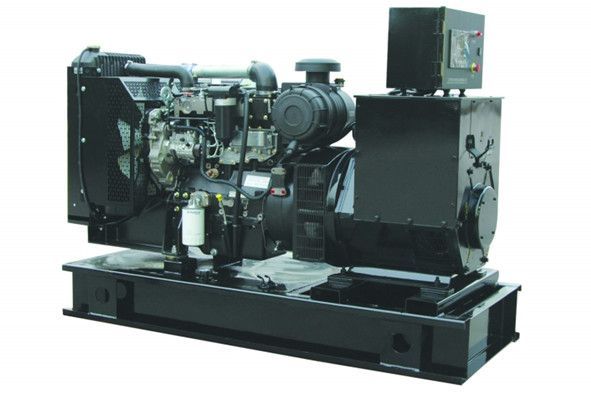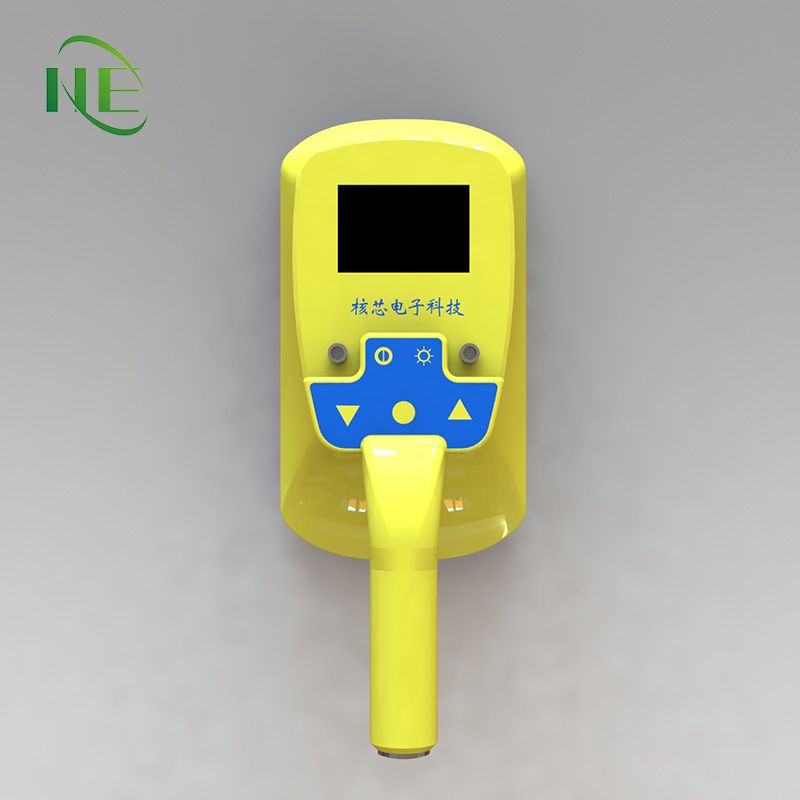Understanding ESD Protection: How PCB Consumables Prevent Static Damage
Electrostatic discharge (ESD) is a common concern in the world of electronics manufacturing and assembly. The damage caused by static electricity can be costly and devastating to sensitive electronic components, including those on printed circuit boards (PCBs). To safeguard against ESD, professionals and enthusiasts rely on a range of PCB consumables and practices.
What Is Electrostatic Discharge (ESD)?
ESD occurs when an imbalance of electric charges results in a sudden flow of electricity between two objects. This discharge can range from imperceptible to visibly dramatic, often in the form of a spark. In the context of electronics, ESD can occur when a person or object with a different charge comes into contact with sensitive electronic components, leading to potentially severe damage.
The Risks of ESD in Electronics
Electronics are built with delicate components, microchips, and transistors that are highly susceptible to ESD. A single spark of static electricity, too small to be felt by a person, can cause irreversible damage to these components. This damage might not manifest immediately but can lead to electronic failures over time, resulting in costly repairs or replacements.
The Role of PCB Consumables in ESD Protection
Anti-Static Bags: These bags, often pink or gray, are used to store and transport sensitive electronic components and PCBs. They are made from materials that dissipate static charges, preventing the buildup of harmful static electricity.
Anti-Static Mats: Workstations equipped with anti-static mats provide a controlled environment where static charges are safely dissipated through grounding. They are essential for assembling and repairing PCBs.
Anti-Static Wrist Straps: Technicians wear anti-static wrist straps to ensure that they are grounded while working with electronics. These straps prevent the buildup of static charges on the body and reduce the risk of ESD.
Related links:Electrical Equipment & Supplies
Eco-Friendly Material Handling: Advantages of Lithium Forklift Batteries
The Future of IC Design: Innovations and Trends in Integrated Circuitry
10 Useful Commercial Solar Inverters
What is a Hybrid Inverter & how does it work?
Choosing the right COB LED
4-Megapixel USB Cameras vs. 1080p: Unraveling the Differences in Image Quality
Static-Dissipative Gloves: These gloves are worn by technicians to prevent direct contact between their skin and sensitive components. They reduce the risk of ESD while handling PCBs and electronic parts.
ESD-Safe Packaging Tape: When sealing ESD-sensitive packages, it's essential to use ESD-safe packaging tape. This tape helps maintain the integrity of the anti-static bags and containers used for storage and shipping.
Conductive Foam: Conductive foam inserts are often used within packaging to cushion and protect delicate electronic components. They also provide an additional layer of ESD protection.
Best Practices for ESD Protection
Besides using the right PCB consumables, it's crucial to follow these best practices:
Work in an ESD-protected environment with grounded workstations.
Minimize movement and contact when handling sensitive components.
Ground all equipment, including soldering irons and PCB holders.
Avoid working on electronics in high-static environments.
Regularly inspect and maintain ESD protection equipment and consumables.
ESD protection is a paramount concern in electronics manufacturing and PCB assembly. The proper use of PCB consumables such as anti-static bags, mats, wrist straps, gloves, and packaging tape is essential in preventing static damage to sensitive electronic components. By understanding ESD risks and employing the right protective measures, electronics professionals and hobbyists can ensure the longevity and reliability of their electronic creations.
SMT PCB Buffer vs. Conveyors: Which Is Better for Your Assembly Line?
Is Flexible Conduit Explosion-Proof?
What are the Advantages of Deep Cycle Battery?
Which diesel generator is best for home?
The Ultimate Guide to Selecting the Perfect Outdoor LED Video Wall
Energy storage 101: how energy storage works
Advantages of Flexible Metal Conduit in Electrical Wiring







